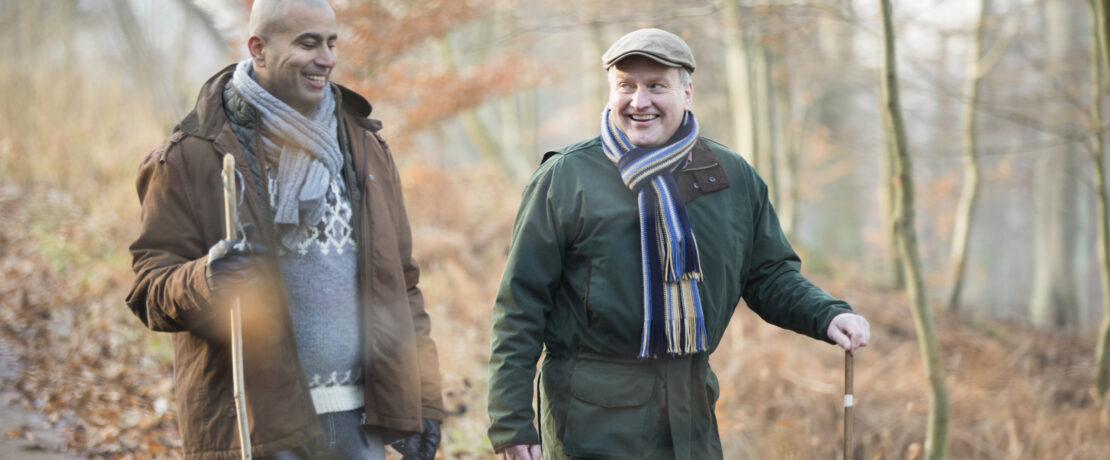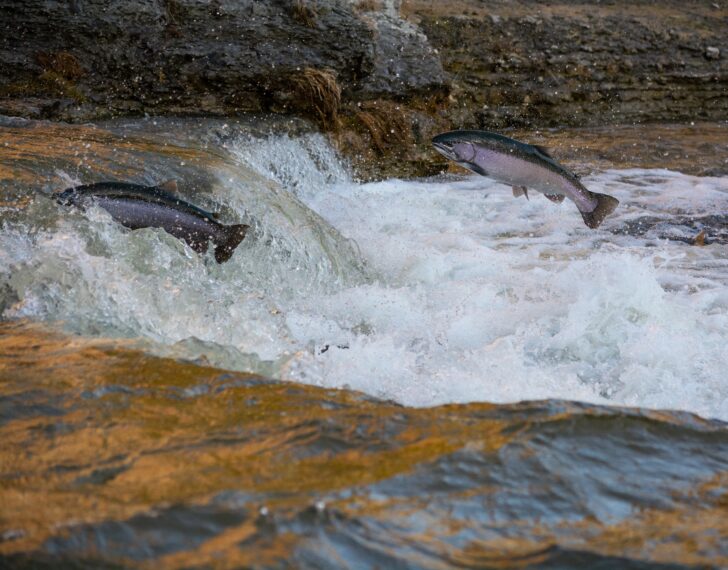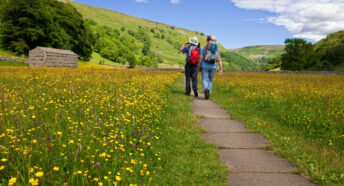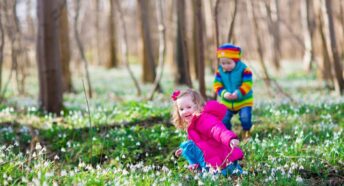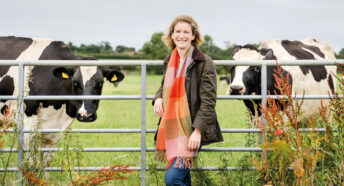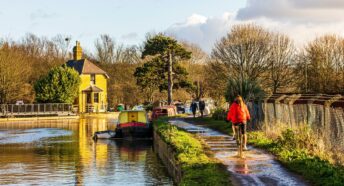Coming to the countryside near you: wildlife in October
Autumn peaks in October. Apples are picked in orchards, the last of the blackberries are plucked from the hedgerows and foragers hunt for fungi in the woods.
Daylight recedes and nature begins to prepare for the winter. Fox cubs leave their familial dens for the last time, preparing to find their own territories before mating season begins in a few months, making their way over the chestnuts and conkers that litter the floor. The mahogany treasures won’t stay on the floor for long though, as travelling deer will feed upon them, or they will be stuffed into the pockets of excited children. And in the skies, the winter migrants arrive; wigeon, pink-footed geese and whooper swans traverse the skies to winter on our shores.
Read on to find out what wildlife to look out for in the countryside this October:
Redwings
Wetland birds aren’t our only migratory visitors. Redwings migrate to the UK from Scandinavia to winter with us before heading back in the spring. They are a member of the thrush family, lured to our shores by berries; rowan, hawthorn and holly berries are among the favourites, as well as invertebrates and windfall fruit.
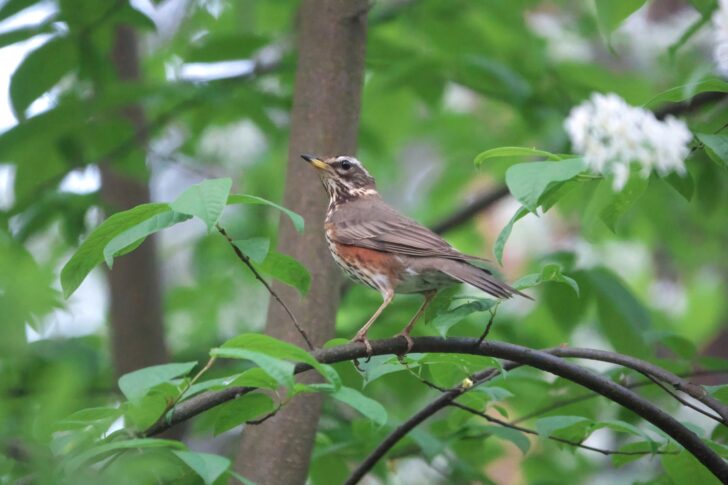
Redwings detect berries using ultraviolet vision, the waxy coatings of the fruits reflecting ultraviolet light and attracting the birds. But these delicious fruits come at a cost; leaving Scandinavia at dusk they travel by night over the North Sea and the weather can be treacherous, with birds drowning in the waves. Those that arrive first will alight in hedgerows and orchards, before moving onto fields to look for worms, tucked unassumingly into mixed flocks of other birds. Some even venture into gardens and can be spotted on bird tables, taking whatever is offered.
In the spring most will leave again, back to the shores of Scandinavia to raise their young. However, some birds will remain in Scotland to breed, laying their eggs in little cup-shaped nests woven from grasses, mosses and twigs.
The salmon run
Every autumn, shoals of Atlantic salmon will take on incredible journeys across the UK, migrating from the ocean to rivers, swimming against the stream and leaping up waterfalls, battling to get back to their spawning grounds.
These large fish, which can reach up to 1.5m long, are ‘anadromous’ meaning they are born in freshwater but head out to sea to feed – once Atlantic salmon return to freshwater, they will no longer eat. After they reach around 12cm in the river, the young fish develop the ability to live at sea and head out to feed upon insects, plankton, and fish. After maturing for several years, they head back to their spawning grounds, potentially by using a magnetic mineral in their skin that helps them to navigate. These epic journeys begin in October in some areas, and you may be lucky to witness the fish leaping out of the water as they push on upstream.
When they finally get back home, the females will lay their eggs on the waterbed before the males fertilise them with sperm. But for a majority of these majestic fish, this is the end of their journey. Around 90% of Atlantic salmon will die after breeding, however, those that do survive will head back to the sea once more, with another chance to spawn the following year.
Cross orb weaver spiders
‘It’s spider season!’ my two-year-old keeps repeating every time we head into the garden, mimicking what I told him back in September. The garden is a laser maze of large webs, you have to duck and dive, trying to avoid long strings of webs that stretch from one end of the garden to the other. In the middle of each sits a large, beautifully patterned body, patiently waiting for a catch. Many of the webs, which are the traditional woven shape, contain little parcels of previous catches, and flies in various sizes, wrapped in silk for later consumption.
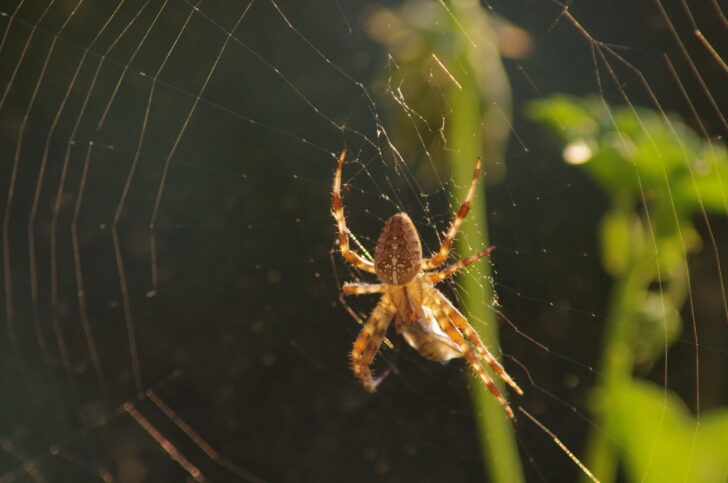
The bodies of orb weavers, also known as European garden spiders, are typically rich brown and flecked with intricate white markings that look like crosses, though colouring can vary, from yellow and orange to grey. Their legs are flecked with little hairs and are specially designed to weave their webs. They then wait, waiting for the disturbance of prey getting caught in the sticky silk. They scuttle up to their prey and bite them, paralysing them so they can be eaten. Sometimes, you may see them and their webs shaking in a rhythmic movement called ‘web flexing’. This is designed to either confuse potential predators or remove any that have become entangled in their web.
In the strong wind or heavy rain, the webs don’t always survive. When we head out into the garden after a storm, many are gone, but it won’t be long before they are re-woven in new, awkward places.
Badgers
As the nights draw in, many species’ thoughts turn to slowing down for the winter. Many mammals, like hedgehogs, will hibernate for the winter, conserving their fat stores whilst food supplies are scarce. Others, like shrews, will push on through, hoping to find enough to survive the low temperatures.
Badgers’ winter behaviour falls somewhere in the middle. They have periods of mini hibernation, called ‘torpor’ when they will hunker down in their setts for periods of longer sleep. This enables them to go without food when the weather is very bad. But torpor still requires them to increase their body fat to ensure they are not hungry when they are asleep, so in autumn, you have a better chance of seeing them as they hunt above ground.
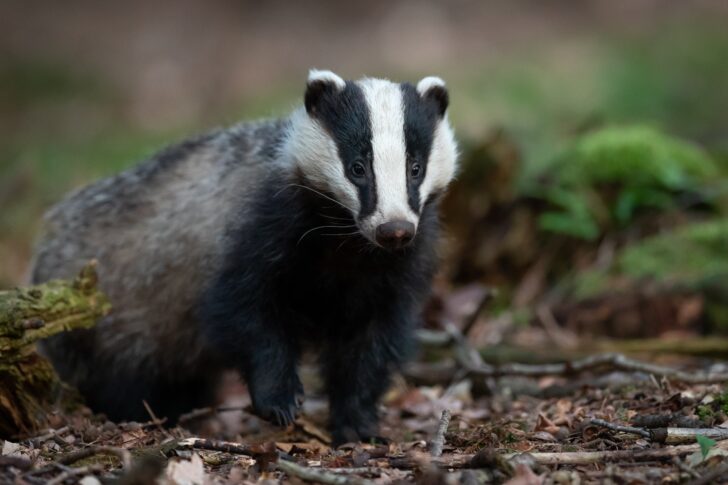
You may be able to see badgers on dusky autumn evenings scavenging on windfall fruits, acorns, the last of the blackberries and remaining cereal crops, as well as worms, invertebrates, and small mammals. You may also see them carrying grass and leaves back to their setts as they excavate their homes and line them with fresh bedding, ensuring their beds are warm and snug for the winter ahead.
